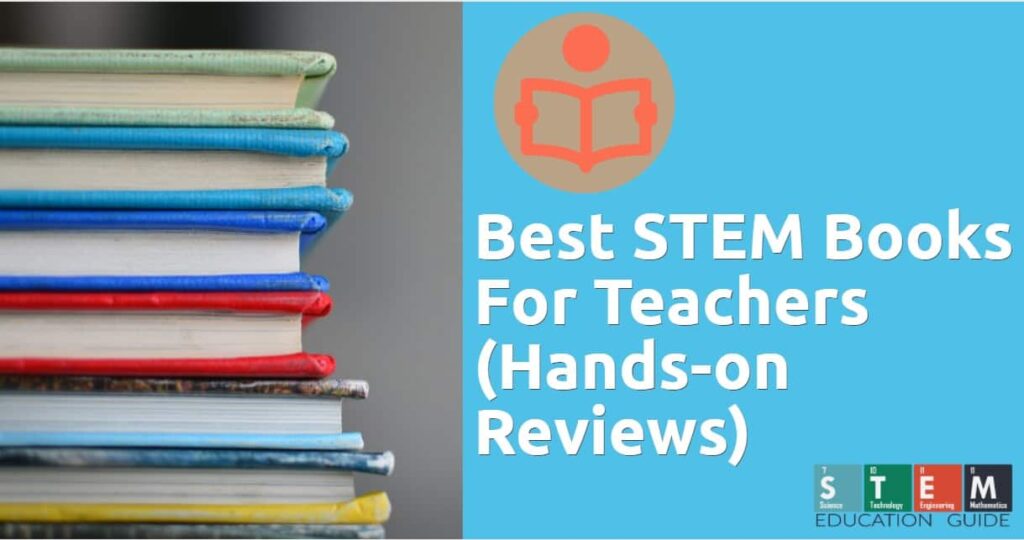Statistics show that adults in the U.S. are reading fewer books each year. Setting a goal to read more can be both enjoyable and beneficial.
However, when a friend posts their roundup of the 50 books they read last year, and you only read 5, you might feel jealous or ashamed.
If you want to read more, or if you want to enjoy reading more and become a better reader, there are specific strategies that can help you. These are our best tips for reading comprehension strategies for adults!
Table of Contents
Tips for Improved Reading Comprehension for Adults

As adults, we face the daily challenge of reading and understanding large amounts of information. Whether for work, school, or leisure activities, improving our reading comprehension is key to success. Luckily, several techniques are available to help us improve our ability to read and comprehend more efficiently and effectively.
Things to Do Before You Start Reading
Reading comprehension works pretty much the same for adults as it does for younger learners, though the pace, content, and connections that you make might be different. Imagine an early elementary reading lesson — the teacher often starts to build engagement with a story right from the cover.
It may be true that you can’t really judge a book by its cover, but what can you tell? Is there an illustration of a character or of a place?
Does the cover suggest a certain tone or mood? What do you know about the author? Whether making connections or guesses, considering the book from the outside in will deepen your engagement before you even get started.
A book walk is another pre-reading strategy we can borrow from elementary teachers. This basically means flipping through the book once or twice before you read — scan for chapter headings, pictures, and any interesting text features. Find out if the chapters are long or short and how the book is organized. All of this will help you mentally prepare and connect to the text.
The main goal of pre-reading engagement activities is to activate your own schema. This means making connections with elements of the text that will help new information fit into your own unique brain.
Find the best STEM books for teachers. I give a hands-on review of each of these on my list.
Remove Distractions
Again, just as in elementary school, the environment is essential. It can be challenging for kids to focus on a story when their peers are out on the playground hollering through a lively four-square match. Similarly, it can be hard to focus on a story if your phone is in hand or your dog is whining to go out.
To the best of your ability, try to remove distractions. Consider your schedule and try to find a time when your kids are busy or away and when you know, the pets are all set for a while.
Depending on your kids’ ages, you might be able to let them know in advance that it’s a “do not disturb in case of emergency” period.
Removing distractions should also mean stashing your phone further than arm’s reach and muting the alerts.
Conversely, you might need your phone to listen to some focus music. This can help drown out other sounds that would pull your attention away. In this case, definitely silence your notifications before you get started.
Break It Up
In teacher talk, we call this “chunking.” Chunking is beneficial for a few reasons. According to these mind-blowing statistics on the human attention span, the average attention span today is only 8.25 seconds.
It’s hard to focus.
This doesn’t mean that you have to read for a few seconds and then put the book down. Taking a break can just mean looking at something else for a few seconds, pausing to think about what you just read, closing the book briefly and then reopening it, and so on. They can be brief.
You might follow the same 20-20-20 rule given to office workers: after every 20 minutes of reading, look at something 20 feet away for 20 seconds.
Breaking up the reading can also help you find time in your schedule when longer distraction-free stretches are hard to come by. What if you could just find 15 minutes of quiet and make them count?
Additionally, taking breaks gives you a chance to work on some other reading comprehension strategies — let’s delve into those next.
Learn New Vocabulary
In college, I read that a famous author used to keep a word journal while reading; he would jot down unfamiliar new words that he came across in the text and then look up the definitions later. This is a wonderful way to expand your vocabulary, and it’s something you can do when taking those regular breaks.
Before we use a dictionary to confirm the meaning of a new word, we often make guesses based on context and other clues, like familiar roots.
This is also an excellent practice and something that you might want to jot down in your vocabulary journal, too. Was your guess correct?
Reading expands your vocabulary, and having a larger vocabulary makes you a better reader: the more words you understand, the more you comprehend the text. Thus, as with so many things, the more you read, the better you get at it.
Thankfully, there are other ways to learn new words, too. Paying attention pretty much anywhere you hear or see language will help you develop literacy skills. This includes watching TV and movies (bonus points if you turn on subtitles), listening to the radio, and even participating in conversations. Many foreign language learners practice in this way.
So carry that vocabulary journal around with you — you never know where a new word could find you.
Please take a look at our article, 5 Ways to Make Reading a Pleasure, Not a Pain for Your Children!
Question What You Read
Good learners ask questions. It means that you are reflecting on new information and synthesizing it within your brain.
“I notice — I wonder,” is one popular teaching practice for reflecting on and questioning text. It’s simple: first, state something you noticed about the text (“I notice nobody has mentioned what Beatrice has been doing for the last chapter…”). Then use your noticing as a jumping off point for curiosity (“I wonder what she’s been doing…”).
You might answer your own questions, making predictions or connections with the text, or you might simply ask them. Either way, questions help you engage with the story and construct meaning — they also strengthen your memory of what you’ve read.
Slow Your Pace
Evidence suggests that slower reading equals better comprehension. Sometimes we have a tendency to scan for meaning, skipping individual words and focusing on the action of a story or the keywords in an informational text. Deliberately slowing down will likely help you to understand more of what you read.
Take some deep breaths. Whenever you catch yourself skipping words or rushing to find the next plot point or that one intriguing fact, rewind. Read that text again, taking in each word.
Inevitably, using the previously noted reading techniques is going to slow your pace. To be even more intentional, try these close reading strategies suggested by the Harvard College Writing Center.
Speed Reading Tips and Methods
Our goal in reading is not always to develop the deepest understanding: sometimes we’re in a hurry and/or we just need information fast. This is where the concept of speed reading comes into play.
Is It Really Possible?
According to Live Science, the short answer here is no: true speed reading isn’t really possible. Just as you might have guessed from everything you’ve read here so far, “speed reading” typically results in decreased text comprehension.
In other words, you may finish more quickly but you may not really recall or understand what you just read.
The cognitive act of reading is actually quite complex and difficult for our brains; there is no rushing through it. If you miss a step, you’re not really “reading” anymore.
Some people are naturally faster readers than others, and that’s nothing to worry about. However, it’s possible that you can become just a little bit faster (though not a speed reader) with continual practice. Once again, reading more makes you a better reader.
Speed Reading Methods That Work
So what are people talking about when they profess speed reading strategies?
Oftentimes, speed reading is really just skimming, which can truly be a helpful strategy for interacting with a text. It’s not unlike the book walk mentioned above, but you spend a bit more time on each page.
For a lot of people, this kind of reading happens naturally when we get really excited about the plot or about our hunt for some factoid, and we don’t take actions to deliberately slow our pace.
We sort of hop around hunting for words and passages that tell us just enough, just what we want to know.
Speed reading proponents sometimes suggest that skimming a text or reading in a certain pattern (e.g. a zigzag), reading one word at a time, or other visual strategies can help increase overall reading speed. Chances are, though, any real increase in speed will either be minor or will result in lowered comprehension.
It depends on your goal and your purpose: if you want to find out which poisonous snake just bit you, speed-read that wildlife reference book; if you’re so lost in a story that you just need to know what happens next, speed-read that chapter! But remember, you might’ve missed something important.
At the end of the day, the best thing you can do to increase your reading speed is simply to read more text more often.
Software to Help You Speed Read
Most speed reading software is not so much assistive technology as it is reading practice coursework. Some apps will break text into single words so that your eyes don’t have to move around the page. Other than that, most apps or programs are really designed to offer training and tips.
It’s possible that a word-at-a-time app could be useful for a reader with a particular visual impairment. Visual acuity is a truly integral part of reading. If you find your eyes getting easily tired or “bouncing around” while reading, make an appointment with your eye doctor ASAP. Glasses or other supports might help you become a better (or faster) reader.
That being said, many of us probably don’t need those single-word apps. Instead, it’s more helpful to read full sentences for context and for close reading.
In Conclusion
Adults and kids are often much more similar than we realize. Some parts of our brains change dramatically over time, but the cognitive process of reading basically stays the same. Try to assume the perspective of a first grade teacher when approaching a book and you’ll be well on your way to growing your reading skills.
Take your time, clear your mind (and your schedule), and keep a notebook handy.
And remember — you guessed it — reading more is still the best way to become a better reader.
Building Strong Readers: Teaching Kindergarten Sight Words and Early Literacy.











